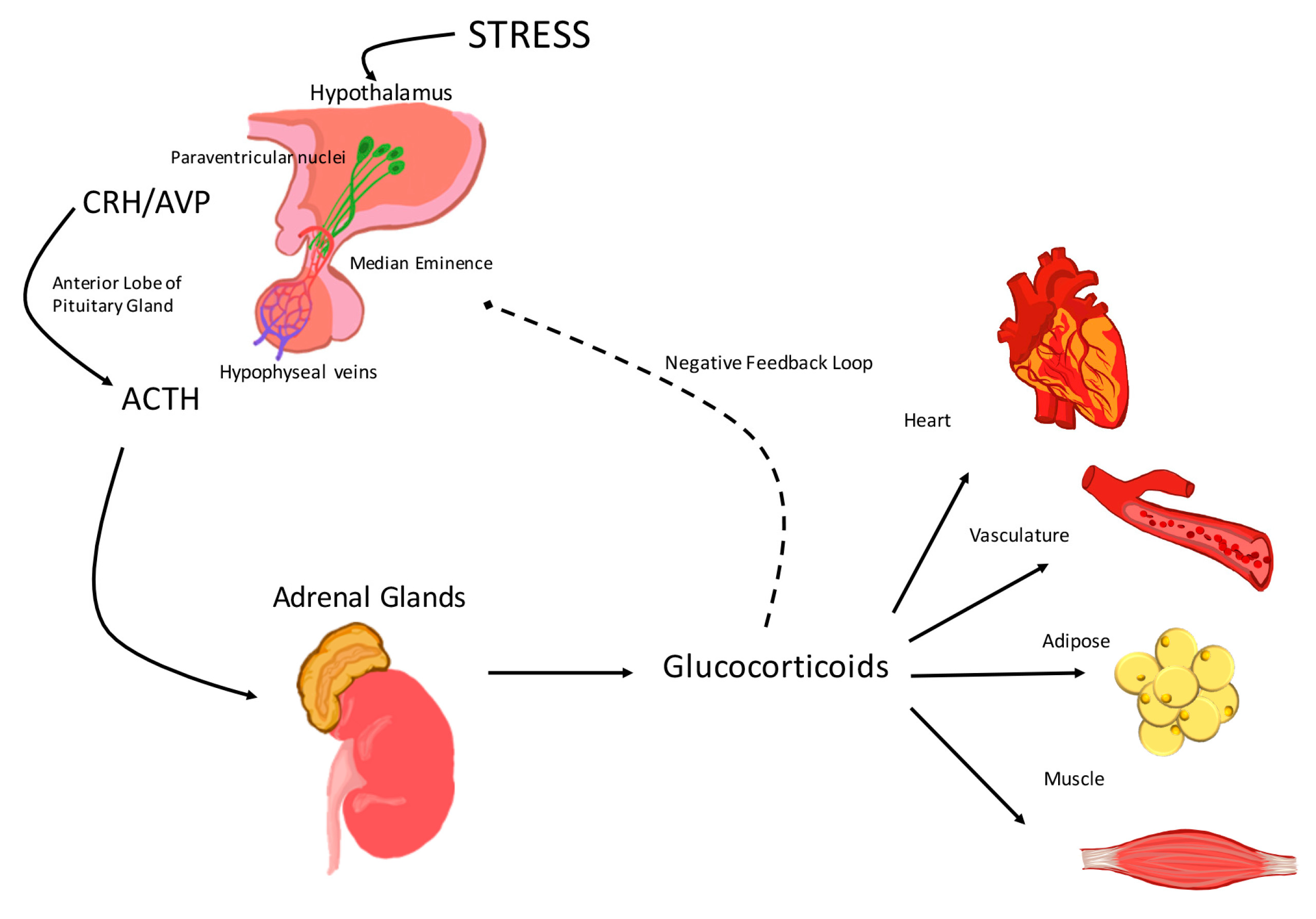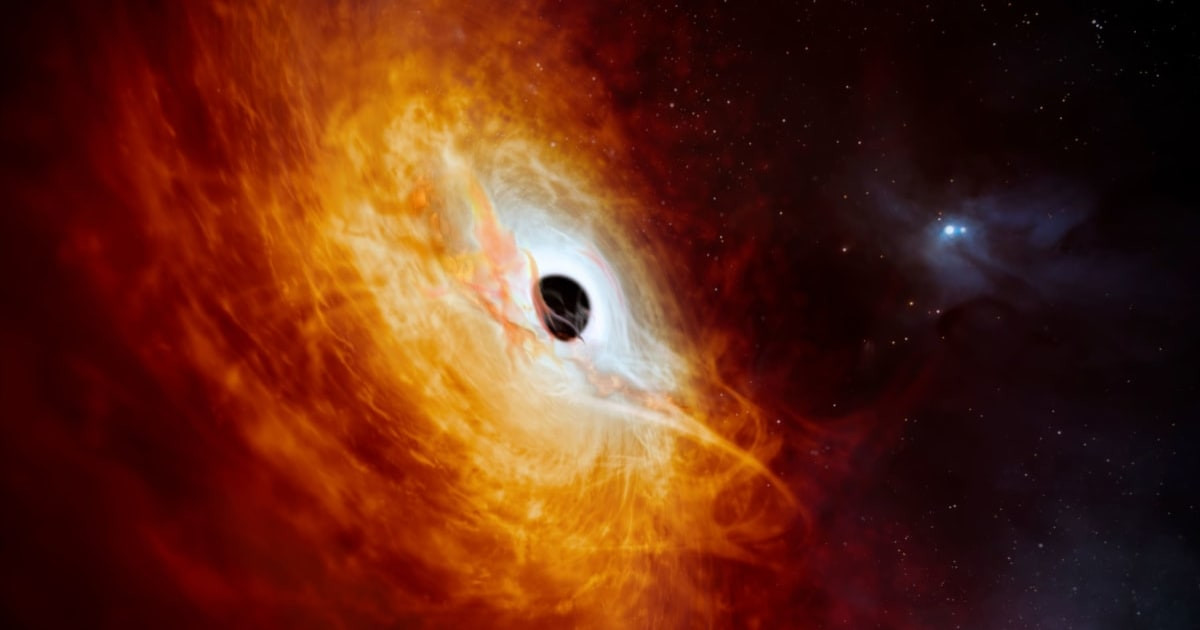Scientists have uncovered how a “tag-team” interaction between oceans and continents millions of years ago led to a massive devastation of marine life, significantly altering the course of evolution on Earth. Their study has unearthed a new explanation for a string of severe environmental crises, called oceanic anoxic events, which happened between 185 and 85 million years ago. These occurred when the seas became critically depleted of dissolved oxygen. Experts from the University of Southampton, which led the study, said these events triggered significant biological upheavals, including mass extinctions of marine species. The findings were recently published in the journal Nature Geoscience.
Lead author Tom Gernon, a Professor of Earth Science at Southampton, said: “Oceanic anoxic events were like hitting the reset button on the planet’s ecosystems. The challenge was understanding which geological forces hit the button.”
The study was undertaken by Southampton in collaboration with academics from the universities of Leeds, Bristol in the UK, Adelaide in Australia, Utrecht in the Netherlands, Waterloo in Canada, and Yale in the US. The researchers examined the impact of plate tectonic forces on ocean chemistry during the Jurassic and Cretaceous Periods, collectively known as the Mesozoic era. This chapter of Earth’s history is often dubbed the age of the dinosaurs, said Prof Gernon, and is famously exposed along the Jurassic Coast on the UK’s south coast as well as along the cliffs of Whitby in Yorkshire and Eastbourne in East Sussex.
The team combined statistical analyses and sophisticated computer models to explore how chemical cycles in the ocean could have feasibly responded to the breakup of the supercontinent Gondwana, the great landmass once roamed by the dinosaurs. Prof Gernon added: “The Mesozoic era witnessed the breakup of this landmass, in turn bringing intense volcanic activity worldwide. As tectonic plates shifted and new seafloors formed, large amounts of phosphorus, a nutrient essential for life, were released from weathering volcanic rocks into the oceans. Crucially, we found evidence of multiple pulses of chemical weathering on both the seafloor and continents, which alternately disrupted the oceans.”
“It’s like a geological tag team,” said Prof Gernon. Experts from the universities found the timing of these weathering pulses matched up with most oceanic anoxic events in the rock record. They propose that the weathering-related influx of phosphorus to the ocean acted like a natural fertilizer, boosting the growth of marine organisms. However, The researchers said these fertilization episodes came at a major cost for marine ecosystems.
The increase in biological activity led to huge amounts of organic matter sinking to the ocean floor, where it consumed large quantities of oxygen, said co-author Benjamin Mills, a Professor of Earth System Evolution at the University of Leeds. He added: “This process eventually caused swathes of the oceans to become anoxic, or oxygen-depleted, creating ‘dead zones’ where most marine life perished. The anoxic events typically lasted around one to two million years and had profound impacts on marine ecosystems, the legacy of which is even felt today. The rocks rich in organic matter that accumulated during these events are by far the largest source of commercial oil and gas reserves globally.”
As well as explaining the cause of extreme biological turmoil in the Mesozoic, the study’s findings highlight the devastating effects that nutrient overloading can have on marine environments today. The team of researchers explained how present-day human activities have reduced mean oceanic oxygen levels by about two percent – leading to a significant expanse in anoxic water masses.
Prof Gernon added: “Studying geological events offers valuable insights that can help us grasp how the Earth may respond to future climatic and environmental stresses.”
Overall, the team’s findings reveal a stronger-than-expected connection between the Earth’s solid interior and its surface environment and biosphere, especially during periods of tectonic and climatic upheaval. “It’s remarkable how a chain of events within the Earth can impact the surface, often with devastating effects,” added Prof Gernon. “Tearing continents apart can have profound repercussions for the course of evolution.”
The ocean wasn’t a fun place to be during the Mesozoic era, which featured a string of periods during which its waters were extremely depleted of oxygen, causing multiple marine mass extinctions. Now, a new study appears to have found the trigger behind this catastrophic chain of events.
What the team was looking for was evidence to support the theory that plate tectonics may have had a role. That’s because the Mesozoic, which spanned between 185 to 85 million years ago, was also the era during which the supercontinent Gondwana broke up. The team found evidence that as it did so, multiple pulses of phosphorus were released from basalt, a type of volcanic rock, on both the seafloor and continents.
On closer inspection, these pulses matched up with the periods of oxygen depletion, known as ocean anoxic events or OAEs – but were the two linked?
To test the theory out, the researchers used a kind of computer model called an Earth system model to simulate the effect that the phosphorus pulses would have on ocean chemistry, and found that it recreated the string of OAEs.
But how did an abundance of phosphorous lead to a lack of oxygen and, consequently, change the direction of marine life development?
After all, phosphorus is one of the essential elements for life – it’s involved in the formation of DNA and cell membranes and is a key component of cells’ main energy source, ATP. However, as the saying goes, there can be too much of a good thing.
While the pulses of phosphorus led to an uptick in the growth and productivity of marine organisms, the consequence of that productivity was a whole lot more organic matter sinking to the ocean floor. The decomposition of organic matter uses up oxygen, which on this kind of scale, has a devastating effect.
“This process eventually caused swathes of the oceans to become anoxic, or oxygen-depleted, creating ‘dead zones’ where most marine life perished,” explained study co-author Professor Benjamin Mills in a statement.
Such OAEs “were like hitting the reset button on the planet’s ecosystems,” added lead author Professor Tom Gernon, concluding that “Tearing continents apart can have profound repercussions for the course of evolution.”
Not only do the findings provide a deeper understanding of how the close coupling between the solid Earth and its surface has affected life in the past, but it might also clue us into the consequences of that relationship in the future – especially as today’s oceans have seen a drop in oxygen.
“It’s remarkable how a chain of events within the Earth can impact the surface, often with devastating effects,” said Professor Gernon. “Studying geological events offers valuable insights that can help us grasp how the Earth may respond to future climatic and environmental stresses.”
The study is published in the journal Nature Geoscience.

















